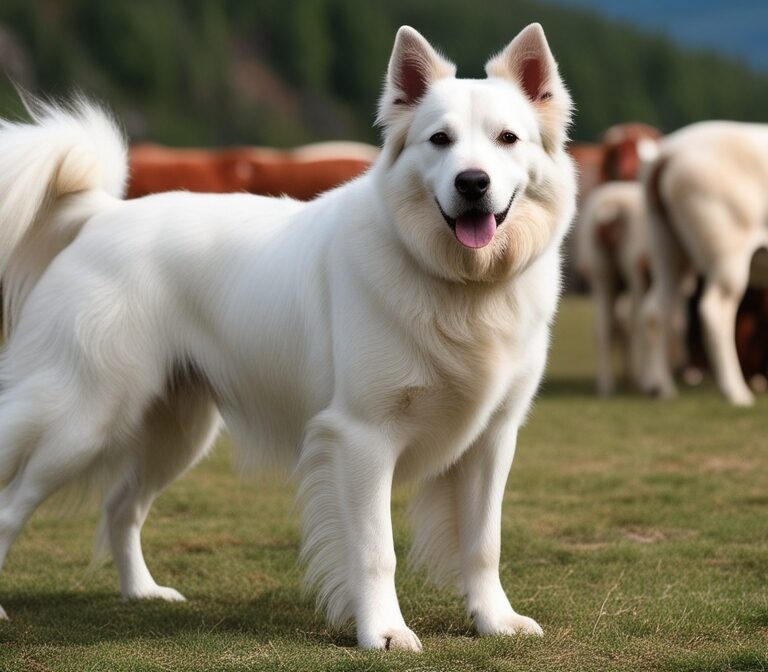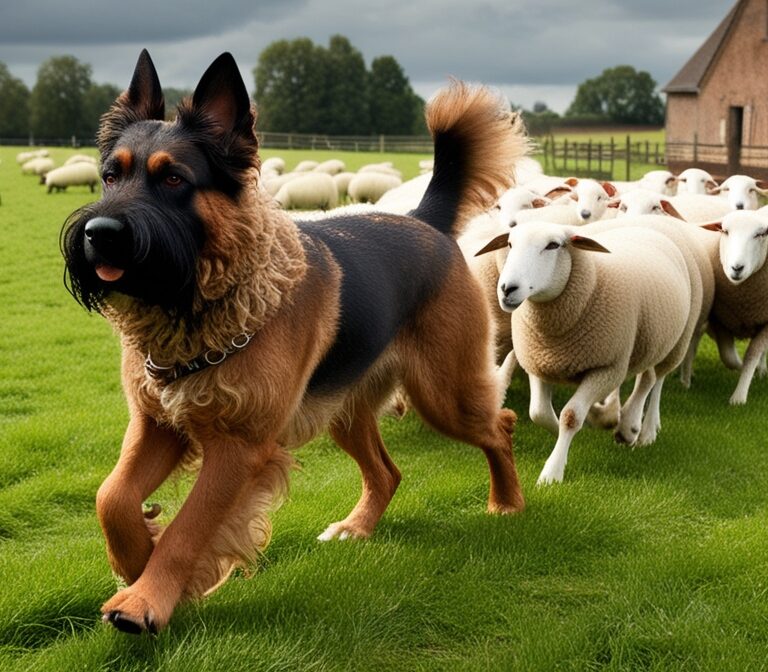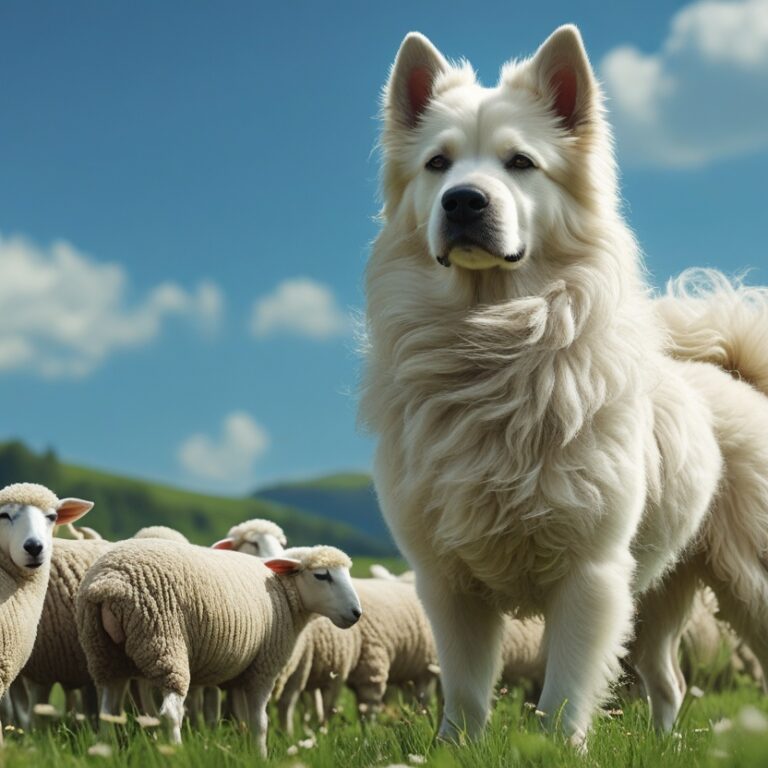Rottweiler Dog Breed – Complete Guide to Temperament, Training, Care, and History

Introduction to the Rottweiler Breed
The Rottweiler is a powerful dog breed known for its strength, loyalty, and intelligence. Originating in Germany, this breed has historically been used as a working dog for herding cattle, pulling carts, and later as a guard dog and police dog. Today, Rottweilers are recognized worldwide for their protective instincts and devotion to their families, making them both reliable companions and capable working dogs.
Rottweilers are often misunderstood due to their imposing appearance, but their temperament is steady, calm, and confident when properly trained and socialized. The breed is officially recognized by major kennel clubs such as the American Kennel Club (AKC), the Federation Cynologique Internationale (FCI), and the United Kennel Club (UKC).
Rottweilers stand out for their muscular build, broad head, and distinctive black-and-tan markings. Despite their tough exterior, they are affectionate with family members and especially protective of children. Their average life expectancy ranges from 8 to 10 years, although many live longer with excellent care.
The breed continues to be one of the most popular working dog breeds in the world due to its trainability, obedience, and versatility. Whether as a family guardian, search-and-rescue dog, or therapy dog, the Rottweiler’s adaptability makes it unique among large breeds.
This guide will explore the history, characteristics, temperament, health, and care requirements of the Rottweiler in detail. It will also cover essential aspects such as training methods, nutrition, exercise needs, and the cost of ownership, ensuring you have all the information needed to determine whether the Rottweiler is the right breed for you.
History and Origin of Rottweilers
The history of the Rottweiler dates back to the time of the Roman Empire. Rottweilers are descendants of ancient Roman drover dogs that were used to herd and guard livestock. These strong and reliable dogs traveled with Roman legions, helping move cattle across Europe.
As the Romans expanded, they established settlements in southern Germany. In one such town called Rottweil, these working dogs were crossed with local herding breeds, eventually giving rise to the modern Rottweiler. The breed became known as the Rottweiler Metzgerhund, or “Butcher’s Dog of Rottweil,” because they were commonly used by butchers to guard cattle and pull carts loaded with meat.
By the 19th century, the demand for herding dogs declined due to advancements in railways and cattle transportation. However, the Rottweiler found new roles as a guard dog, police dog, and military dog. During World War I and II, they were employed for carrying messages, pulling medical supplies, and guarding camps.
The Rottweiler Club of Germany (DRV) was founded in 1917 to preserve and standardize the breed. Soon after, the American Kennel Club officially recognized the Rottweiler in 1931. Today, the breed is considered one of the most versatile working breeds, excelling in obedience, protection sports, and service roles.
The legacy of the Rottweiler reflects its evolution from a Roman herding dog to a modern working companion. Its strong protective instincts and unwavering loyalty remain central traits that define the breed to this day.
Rottweiler Breed Characteristics
Rottweilers are easily recognized by their athletic build and distinctive coat markings. They are classified as a large dog breed with a robust and muscular body, designed for both endurance and power.
- Size: Male Rottweilers typically weigh between 95–135 lbs (43–61 kg) and stand 24–27 inches (61–69 cm) tall. Females are slightly smaller, weighing 80–100 lbs (36–45 kg) and standing 22–25 inches (56–63 cm).
- Appearance: They have a broad chest, strong legs, and a well-developed body structure that reflects their working heritage. Their head is wide with a moderately arched forehead, strong jaws, and a scissor bite.
- Coat: Rottweilers have a short, dense double coat that lies flat against the body. The topcoat is coarse, while the undercoat provides insulation.
- Color: The breed standard requires black fur with clearly defined rust or mahogany markings on the cheeks, muzzle, chest, legs, and beneath the tail.
In terms of behavior, Rottweilers are confident, alert, and fearless without being aggressive by nature. Their temperament makes them well-suited for roles in security, search and rescue, and therapy work.
Proper socialization is critical, as poorly trained Rottweilers may develop territorial or dominant behaviors. With the right upbringing, they are calm, affectionate, and highly obedient, making them excellent family dogs and companions.
Rottweiler Temperament and Personality
The Rottweiler temperament is one of the breed’s most defining traits. Despite their reputation for being intimidating, Rottweilers are known to be calm, confident, and devoted when raised in the right environment. Their personality combines a unique balance of protectiveness and affection, making them excellent family guardians and loyal companions.
One of the key strengths of a Rottweiler is its steadiness under pressure. These dogs are not quick to aggression; instead, they observe and evaluate situations before responding. This makes them exceptional watchdogs—they will alert their families to unusual activity but are not prone to unnecessary barking.
A well-socialized Rottweiler is good-natured and obedient, showing patience and loyalty toward its family members. They are often described as devoted shadows, following their owners from room to room. With children, Rottweilers can be affectionate and protective, although supervision is always recommended due to their size and strength.
When dealing with strangers, Rottweilers may initially appear aloof or reserved. This is part of their natural guarding instinct, but with proper training and socialization, they learn to distinguish between threats and harmless interactions.
It’s also important to note that temperament can vary based on factors such as genetics, environment, and training. Poorly bred or inadequately trained Rottweilers may display undesirable traits like dominance, stubbornness, or aggression. This is why choosing a responsible breeder or rescue organization is crucial.
The personality of a Rottweiler can be summarized in four key traits:
- Protective – They are natural guardians of home and family.
- Loyal – They form strong attachments and show unwavering devotion.
- Confident – They carry themselves with assurance, making them reliable working dogs.
- Calm – Despite their imposing presence, they are composed when trained well.
In short, a Rottweiler’s temperament is best described as a mix of guardian instincts and gentle devotion, making them one of the most versatile dog breeds for families, working environments, and service roles.
Life Expectancy of Rottweilers
The life expectancy of a Rottweiler is typically 8 to 10 years, although many live longer with excellent care. As a large dog breed, Rottweilers naturally have shorter lifespans compared to smaller breeds, but advancements in veterinary care, nutrition, and preventive health practices have extended the lives of many.
Several factors influence how long a Rottweiler lives:
Genetics – Lineage plays a major role. Rottweilers from breeders who prioritize health screening for conditions such as hip dysplasia, heart disease, and cancer are more likely to have longer lifespans.
Diet – A balanced diet with high-quality protein, healthy fats, and joint-supporting nutrients helps prevent obesity and extends life expectancy.
Exercise – Regular physical activity maintains muscle mass, joint health, and cardiovascular fitness.
Healthcare – Annual checkups, vaccinations, and preventive treatments for parasites reduce risks of disease.
Lifestyle – Rottweilers thrive in homes where they are mentally stimulated, socially included, and emotionally connected with their families.
The main health threats to Rottweilers that can reduce their lifespan include:
- Cancer (particularly bone cancer, or osteosarcoma)
- Hip and elbow dysplasia
- Aortic stenosis (a heart condition)
- Obesity-related complications
Owners can extend their dog’s life by maintaining a healthy weight, avoiding overfeeding, and providing joint supplements like glucosamine and omega-3 fatty acids. Routine blood tests, heart checks, and X-rays during vet visits can catch problems early.
Many Rottweilers live beyond the average 10 years. With proper care, it’s not uncommon to see them reach 12 or even 13 years, though this requires proactive health management. The oldest recorded Rottweilers have reportedly lived to 15 years, though such cases are rare.
In summary, while the average lifespan is 8–10 years, responsible ownership and preventive care can significantly increase the chances of a Rottweiler enjoying a long, healthy, and fulfilling life.
Rottweiler Intelligence and Trainability
The Rottweiler ranks among the most intelligent dog breeds in the world. According to Dr. Stanley Coren’s book The Intelligence of Dogs, Rottweilers are listed in the top 10 smartest breeds. They are highly valued for their obedience, problem-solving skills, and working ability.
Rottweilers demonstrate three major forms of intelligence:
Instinctive intelligence – Their natural ability to guard, herd, and protect.
Adaptive intelligence – Their problem-solving skills, such as figuring out how to open doors or find hidden objects.
Working and obedience intelligence – Their ability to learn commands quickly and follow them reliably.
On average, Rottweilers can learn a new command within 5–15 repetitions and will obey the first command 90% of the time or more when trained consistently.
Training Benefits
- Obedience training is straightforward because of their eagerness to please.
- They excel in advanced roles such as search and rescue, police work, and therapy assistance.
- Their trainability makes them suitable for competitive activities like obedience trials, agility, and Schutzhund.
Training Challenges
Despite their intelligence, Rottweilers can sometimes show stubbornness or dominance. If they sense inconsistency, they may attempt to take control. This is why firm, confident leadership is essential. Positive reinforcement methods—such as treats, praise, and play rewards—are the most effective. Harsh training methods often backfire, leading to resistance or mistrust.
Importance of Early Socialization
Socializing Rottweilers from a young age ensures they grow into balanced and confident adults. Exposing puppies to various environments, people, and animals reduces the risk of fear-based aggression later in life.
Trainability in Working Roles
Historically bred as working dogs, Rottweilers thrive when given tasks. Many modern Rottweilers work as service dogs, guard dogs, or therapy animals, proving their adaptability and high intelligence.
In short, the Rottweiler’s intelligence makes them a joy to train for experienced owners. With proper guidance and structure, they grow into disciplined, reliable, and deeply bonded companions.
Conclusion:
The Rottweiler is a breed of remarkable strength, loyalty, and intelligence, but it is not a dog for every household. Owning a Rottweiler requires commitment, training, and responsible handling. This is a breed that thrives when given structure, purpose, and consistent leadership, and it struggles when neglected or raised without proper guidance.
If you are seeking a loyal guardian, few breeds compare to the Rottweiler. Their natural protective instincts make them excellent family watchdogs, while their affectionate side allows them to bond deeply with their owners. With children, they can be gentle and nurturing, provided interactions are supervised and early socialization is prioritized.
However, potential owners must understand the responsibilities that come with the breed:
- Exercise requirements: Daily activity is essential to maintain their health and prevent boredom-driven behaviors.
- Training needs: A firm but positive training approach is necessary to channel their intelligence and prevent dominance issues.
- Health care: Rottweilers are prone to conditions like hip dysplasia and cancer, meaning regular veterinary care is essential.
- Financial costs: From food to veterinary bills, Rottweilers are a significant long-term investment.
For those willing to meet these needs, the Rottweiler is an extraordinary companion—one that offers devotion, protection, and unwavering loyalty. They are not simply guard dogs; they are family members who thrive on love and inclusion.
Ultimately, the Rottweiler is best suited for experienced dog owners who can provide firm leadership, consistent training, and an active lifestyle. When raised in the right environment, Rottweilers are not only obedient and protective, but also deeply affectionate and trustworthy companions.
If you are ready for the responsibility, the Rottweiler will reward you with a bond like no other—a true partnership built on respect, love, and mutual trust.





